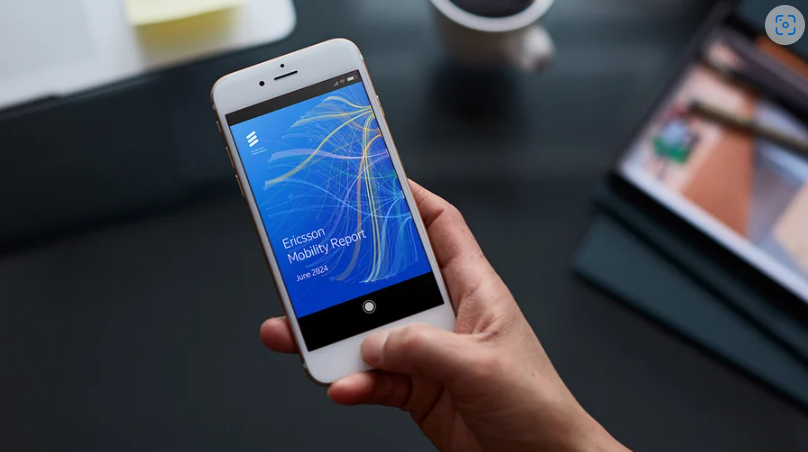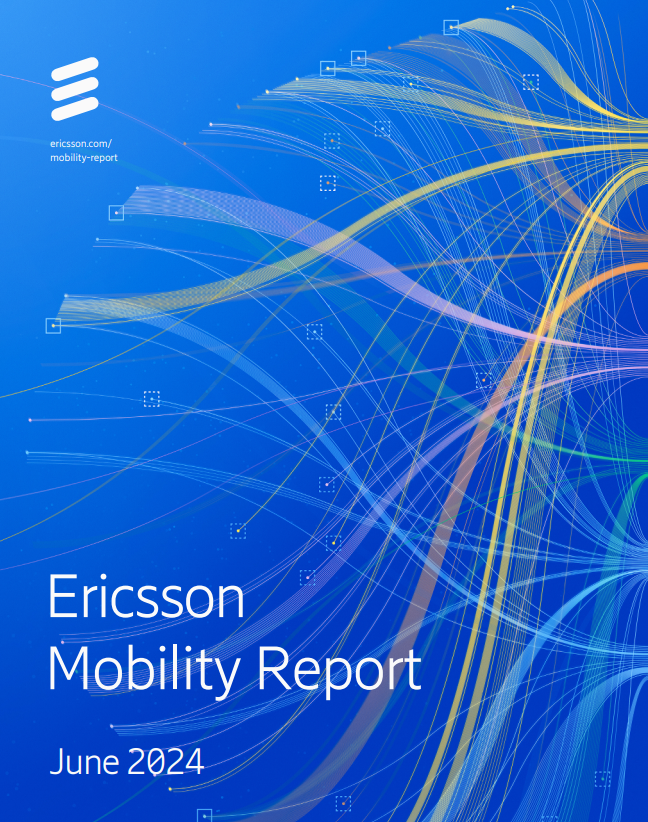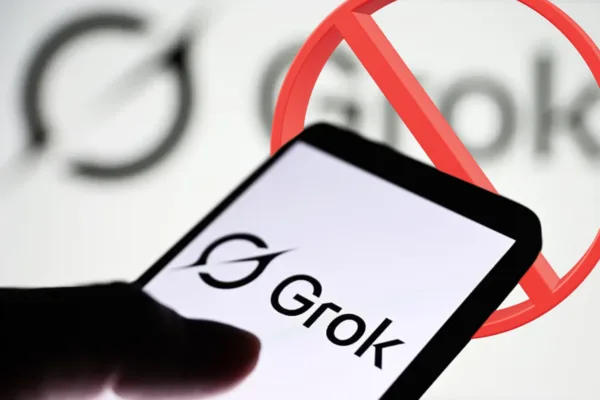Mobile data traffic globally is expected to grow by 20 per cent annually through the end of 2029.
According to the latest edition of the Ericsson (NASDAQ: ERIC) Mobility Report, 5G subscriptions could reach close to 5.6 billion by the end of 2029 — with global 5G population coverage beyond mainland China set to double from 40 per cent at the end of 2023 to 80 per cent by the end of 2029.

About 300 communication service providers (CSPs) globally now offer 5G services, of which about 50 have launched 5G Standalone (5G SA). 5G continues to grow in all regions and is expected to account for about 60 per cent of all mobile subscriptions by the end of 2029.
600 million more 5G subscriptions in 2024
In the November 2023 edition of the Ericsson Mobility Report, which saw a resilient 5G uptake despite continued economic challenges and geopolitical unrest in some markets, it was predicted that 5G subscriptions could reach around 550 million in Southeast Asia and Oceania by the end of 2029.

This year’s June edition of the report revealed that in the first three months of 2024 alone, about 160 million 5G subscriptions have already been added globally — bringing the total to more than 1.7 billion. Almost 600 million new subscriptions are also expected to be added to this statistic in 2024.
Mobile network data traffic grew 25 per cent year-on-year between the end of March 2023 and the end of March 2024, driven primarily by subscriber migration to later generations and data-intense services, such as video.
Mobile data traffic is forecast to grow with a compound annual growth rate of about 20 per cent through the end of 2029. About a quarter of all mobile network data was handled by 5G by the end of 2023. This is forecast to grow to about 75 per cent by the end of 2029.
Fredrik Jejdling, Executive Vice President and Head of Networks at Ericsson, says, ”The June 2024 Ericsson Mobility Report shows continued strong uptake of 5G subscriptions. Enhanced Mobile Broadband and Fixed Wireless Access are the leading use cases, with signs that 5G capabilities are influencing service providers’ Fixed Wireless Access offerings. The report also highlights the need for increased deployment of 5G Standalone technology to fully realize the potential of 5G.”
Fixed Wireless Access (FWA) continues to grow in strength as a 5G use case for communications service providers (CSPs) globally with a sharp increase over the past year in the number of CSPs offering the service. FWA is currently second only to enhanced Mobile Broadband (eMBB) as a 5G use case.
5G mid-band population coverage outside of mainland China has reached 35 per cent in North America and India have made rapid deployments, topping 85 and 90 per cent mid-band coverage respectively.
On user experience, statistics from a leading service provider reveal that 97 per cent of all user activities on the 5G mid-band achieved a time-to-content of less than 1.5 seconds, compared to 67 per cent on the 5G low-band and 38 per cent on 4G (all bands).
5G subscriptions in SEA to reach 560 million in 2029
In the Southeast Asia and Oceania region, which includes the Philippines, 5G subscriptions are predicted to reach around 560 million by the end of the forecast period. 5G subscriptions in Southeast Asia stood at 61 million at the end of 2023.
The 5G subscriber base in the region continues to grow as subscribers migrate to 5G, driven by more affordable 5G devices, promotional plans, discounts and large data bundles from service providers. 5G subscriber base as a percentage of the total subscriber base has already reached over 20 per cent in markets like Singapore, Australia, Thailand and Malaysia. At the end of 2029, 5G mobile subscriptions are expected to reach 43% of all mobile subscriptions in the region.
5G is expected to become the dominant mobile access technology by subscription before the end of the forecast period. Although 5G population coverage is growing, 5G mid-band is only deployed in around 25 per cent of all sites globally outside of mainland China. The 5G mid-band spectrum provides a sweet spot between both coverage and capacity while improving user experience. As 5G matures, the focus for many service providers is expected to shift toward developing differentiated connectivity offerings.
In a press release, Daniel Ode, Head of Ericsson Singapore, Philippines and Brunei, stated, “Service providers in the advanced 5G markets of Australia and Singapore continue to focus on innovations in speed, coverage and differentiated services. Differentiated connectivity will give users, developers and enterprises the optimal level of connectivity at the right time for their needs, ensuring seamless performance and resource efficiency in the network.
“High-performing programmable networks, utilizing 5G standalone (SA) architecture, provide new opportunities for service innovation and performance-based business models,” he added.
Data traffic per smartphone user in Southeast Asia is also expected to grow from 17GB/month in 2023 to 42 GB/month by 2029.
The details, alongside Ericsson’s latest mobile industry forecasts, regional breakdowns and customer case studies, feature in the June 2024 Ericsson (NASDAQ: ERIC) Mobility Report.
Read the full June 2024 Ericsson Mobility Report via this link.
Based on unique Ericsson and partner network insights, the Ericsson Mobility Report has been the key industry reference for network data, performance, statistics, and forecasts since its launch in 2011.







